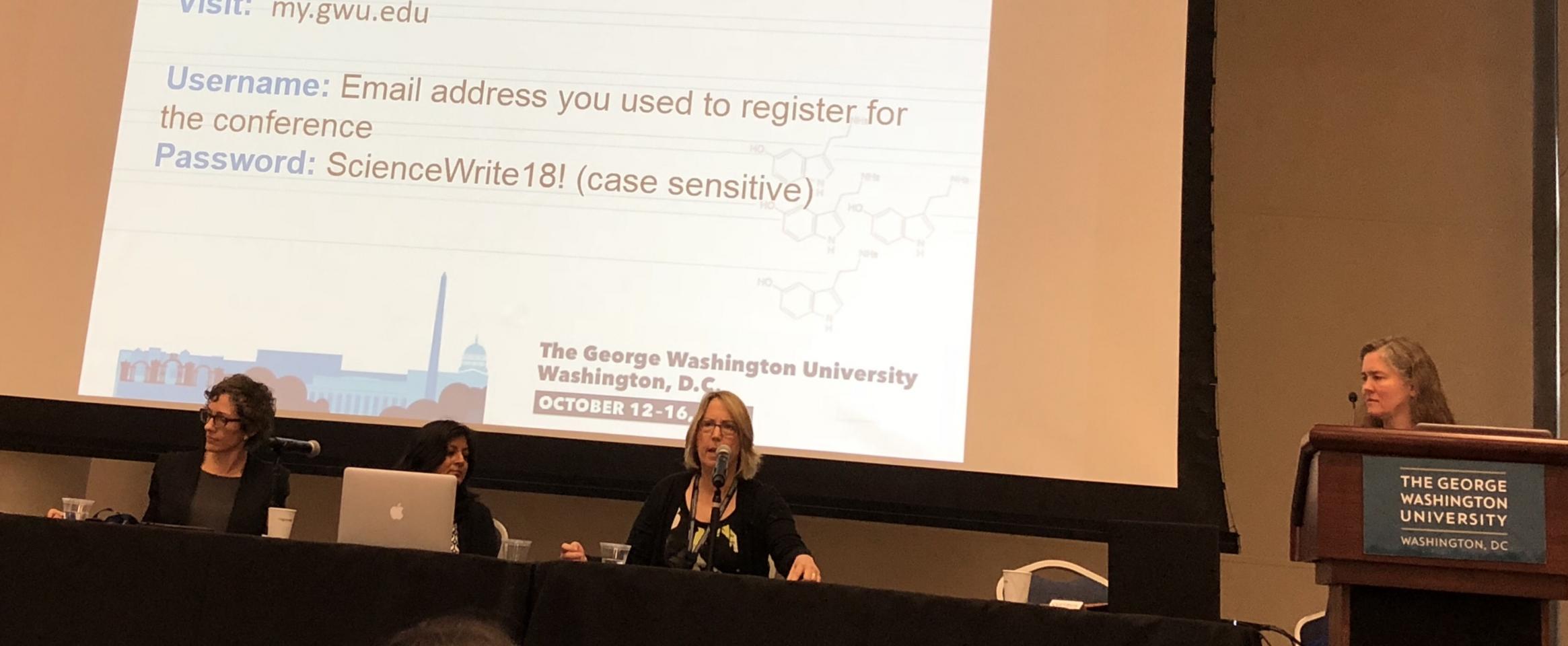
Congratulations, you're a manager! Now what?
You've just found yourself in the manager's seat. Maybe your mind is racing with thoughts. "How in the world did I get here?" "What am I supposed to do?" Or you worked your tail off to get there and are excited but have found yourself tackling unexpected challenges.